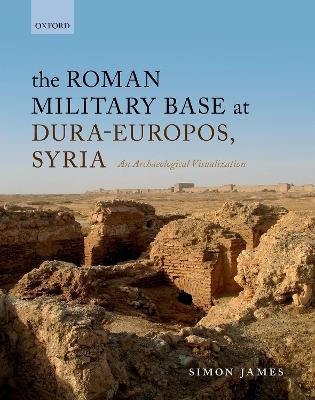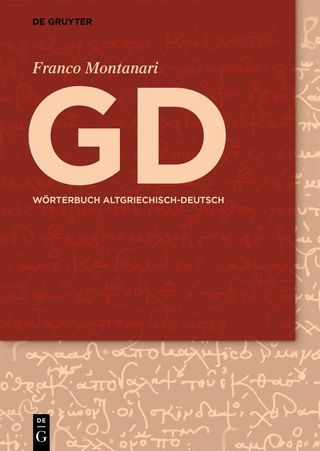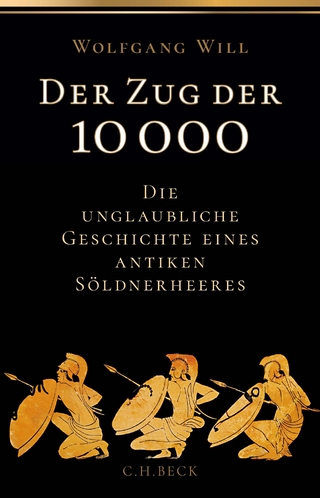
The Roman Military Base at Dura-Europos, Syria
Oxford University Press (Verlag)
978-0-19-874356-9 (ISBN)
Dura-Europos, a Parthian-ruled Greco-Syrian city, was captured by Rome c.AD165. It then accommodated a Roman garrison until its destruction by Sasanian siege c.AD256. Excavations of the site between the World Wars made sensational discoveries, and with renewed exploration from 1986 to 2011, Dura remains the best-explored city of the Roman East.
A critical revelation was a sprawling Roman military base occupying a quarter of the city's interior. This included swathes of civilian housing converted to soldiers' accommodation and several existing sanctuaries, as well as baths, an amphitheatre, headquarters, and more temples added by the garrison. Base and garrison were clearly fundamental factors in the history of Roman Dura, but what impact did they have on the civil population? Original excavators gloomily portrayed Durenes evicted from their homes and holy places, and subjected to extortion and impoverishment by brutal soldiers, while recent commentators have envisaged military-civilian concordia, with shared prosperity and integration. Detailed examination of the evidence presents a new picture.
Through the use of GPS, satellite, geophysical and archival evidence, this volume shows that the Roman military base and resident community were even bigger than previously understood, with both military and civil communities appearing much more internally complex than has been allowed until now. The result is a fascinating social dynamic which we can partly reconstruct, giving us a nuanced picture of life in a city near the eastern frontier of the Roman world.
Simon James read archaeology at the London Institute of Archaeology, where he also took his PhD on the Roman military equipment from Dura-Europos, Syria, by which time the Institute had become part of University College, London. After a decade at the British Museum, as an archaeological illustrator and then as an educator, he returned to the University sector via a Leverhulme Fellowship at Durham. He joined the University of Leicester in January 2000, becoming professor in 2012. His research mainly relates to ancient conflict, especially in the Roman world and contemporary societies in Europe and the Middle East. Dura-Europos has continued to be a major focus of his work, leading to the military base project.
Part I: Perspectives on Dura-Europos
1: The Big Picture
2: Project Context: Dura Research, Past and Present
3: Developing a New Perspective on Dura's Military Base
4: Zooming In: Rome, the Middle Euphrates, and Dura
Part II: The Base Portrayed
5: The Plateau Zone West of G St
6: The Plateau Zone E of G St
7: The Wadi Zone: Campus, Citadel & C3 Bath
8: Military Presence Around and Beyond the Base Area
Part III: A New Picture of Garrison, Base and City
9: Who Lived and Worked in the Base?
10: What and Where? Revised Overview of Base Extent
11: When? New Outline of Development and Chronology
12: Why Was the Base Where it Was, and As it Was?
13: How Did the Base Work?
14: Impact of Garrison and Base on the City
15: Conclusion: Chiaroscuro
16: Epilogue and Prospect: The Second Destruction of Dura-Europos
| Erscheinungsdatum | 18.04.2019 |
|---|---|
| Verlagsort | Oxford |
| Sprache | englisch |
| Maße | 225 x 283 mm |
| Gewicht | 1478 g |
| Themenwelt | Sachbuch/Ratgeber ► Geschichte / Politik ► Vor- und Frühgeschichte / Antike |
| Geisteswissenschaften ► Archäologie | |
| Geschichte ► Allgemeine Geschichte ► Altertum / Antike | |
| ISBN-10 | 0-19-874356-4 / 0198743564 |
| ISBN-13 | 978-0-19-874356-9 / 9780198743569 |
| Zustand | Neuware |
| Haben Sie eine Frage zum Produkt? |
aus dem Bereich


